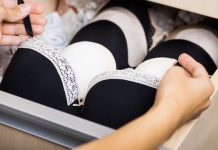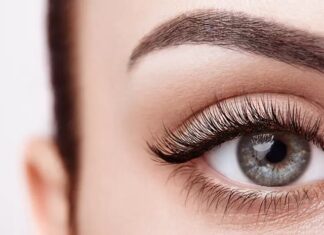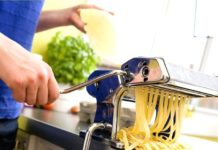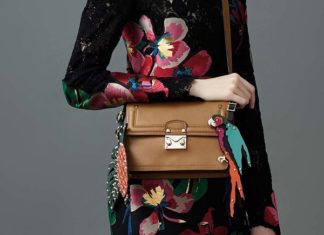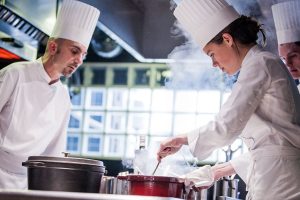
People in many industries wear some kind of uniform, including hospitals, supermarkets, and certain manufacturing companies. Even jobs that don’t require one often have certain rules about appropriate clothing. In the hospitality sector, these garments have advantages for both consumers and employees. They help front-of-house employees project a professional image, while behind-the-scenes staff members can protect their health and maintain safety regulations.
Why Do Chefs Wear Uniforms?
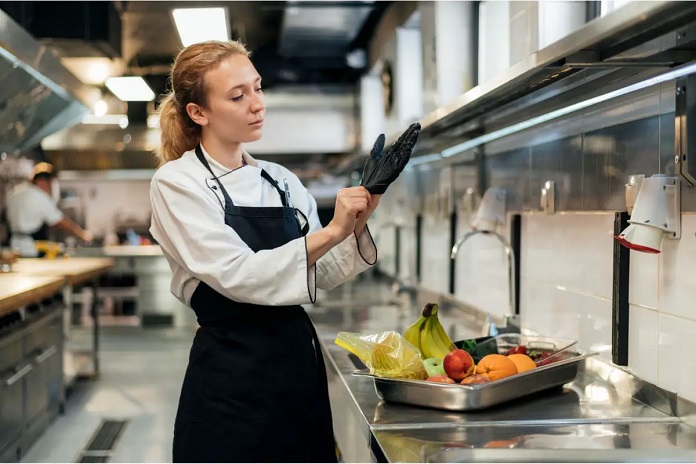
Hygiene
Food safety laws mandate that anybody handling food make sure the food they produce is safe for eating. Wearing custom chef attire is an essential part of maintaining food safety. It’s made of durable and easy-to-clean fabrics that help chefs maintain a clean and sanitary look throughout their workday.
This is particularly important in food preparation areas where cross-contamination and the spread of bacteria are constant concerns. The secure fit ensures that loose clothing or accessories don’t pose a hazard in the kitchen, so foreign objects don’t find their way into the dishes. To prevent particles like dirt or hair from contaminating the food, kitchen staff must always wear the appropriate protective clothes in places where they prepare food.
They also need to wear industry-standard hair covers like hats or nets in addition to their whites. Other typical dress code rules include avoiding wearing any jewellery while working because there’s a big chance of bacteria transmission or even real stones falling off and into the food.
Practicality
One significant aspect of chef uniforms is the presence of multiple functional pockets. These pockets are strategically placed to allow chefs to keep essential kitchen tools, such as thermometers, pens, notepads, and even the occasional measuring cup within easy reach. This feature enhances efficiency and eliminates the need for employees to constantly search for their tools. This way, they can work seamlessly and without interruption.
The double-breasted design of the chef jackets serves both a traditional and practical purpose. The jackets are reversible, so chefs can quickly switch sides in case of spills or stains, maintaining a clean and polished appearance throughout the service. This practical feature enhances the longevity of the uniform and ensures that chefs can present themselves professionally in the bustling kitchen environment.
Comfort
The presence of several hobs, ovens, and other heating units in industrial kitchens leads to an unavoidably hot atmosphere. The heat can sometimes get unbearable for chefs and kitchen staff, especially if they’re working long shifts. This is why wearing the appropriate chef attire is essential for comfort.
Chefs need to wear comfortable and tailored clothes that allow for ventilation to keep cool. The commercial linen that manufacturers often use for this purpose should be soft and non-irritating to the skin. When a kitchen employee’s uniform is loose or uncomfortable, they should always communicate this because it’ll eventually affect their comfort, productivity, and attitude.
Professionalism
In addition to their important role in maintaining food safety requirements and employee comfort, cook uniforms can also boost your aesthetic appeal. These clothes are a sign of professionalism and expertise. Even if the staff member is highly qualified, if they aren’t wearing an appropriate uniform, customers may have concerns about the safety of the food. If all your employees wear the appropriate attire, your guests will be able to recognise them easily. As a result, there will be shorter wait times and better customer support.
What Does a Chef Uniform Include?
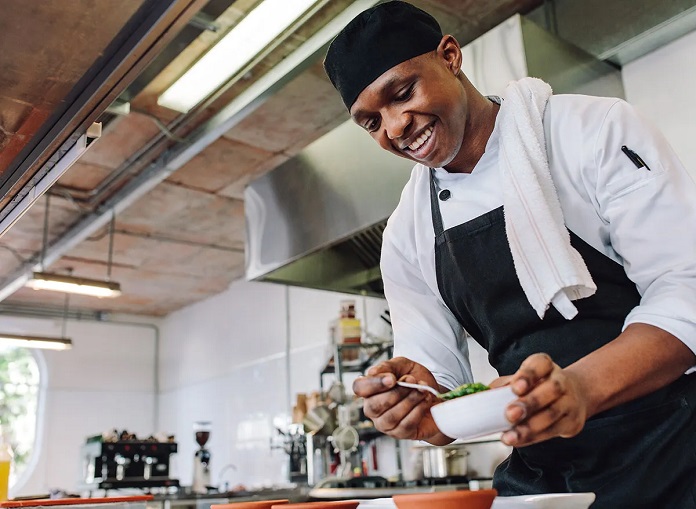
Pants
Chef trousers, often made from commercial linen, are a fundamental component of the uniform because it serves both functional and practical purposes. The use of linen addresses the need for ventilation. This material is known for its breathability and ability to wick away moisture, making it an ideal choice for a garment worn in a hot and fast-paced kitchen. This ensures that chefs can stay cool and comfortable, even during extended periods of culinary activity.
The loose and lightweight nature of the trousers contributes to the ease of movement. Chefs often engage in a wide range of motions, from chopping and stirring to bending and reaching. The design of these clothes allows for unrestricted movement, letting chefs perform their tasks with agility and precision without feeling constrained by their clothing.
Apron
One crucial attribute of chef aprons is their spill-resistant and flame-resistant qualities. These features are particularly important when you’re surrounded by hot liquids, oils, and open flames in a bustling kitchen. The flame-resistant properties offer an additional layer of protection, minimising the risk of accidents in a setting where open flames are prevalent.
They’re also practical, as they often include multiple pockets. These pockets serve as convenient storage for essential tools, such as thermometers, utensils, or notepads, so you can have quick access to your equipment without having to search elsewhere. This enhances efficiency in a fast-paced kitchen, enabling chefs to focus on their culinary tasks without unnecessary disruptions.
Jacket
The chef jacket stands as a cornerstone of professional chef attires, embodying a balance of comfort, functionality, and ease of use. It’s made from materials like comfortable cotton or poly-cotton blends and the design considers the demanding nature of kitchen work. The choice of materials contributes to the comfort of the chef jacket. These fabrics offer breathability, ensuring that chefs remain cool in the heat of the kitchen. Comfort is paramount for individuals spending long hours on their feet and engaged in dynamic culinary tasks, and the chef jacket’s fabric selection addresses this need.

